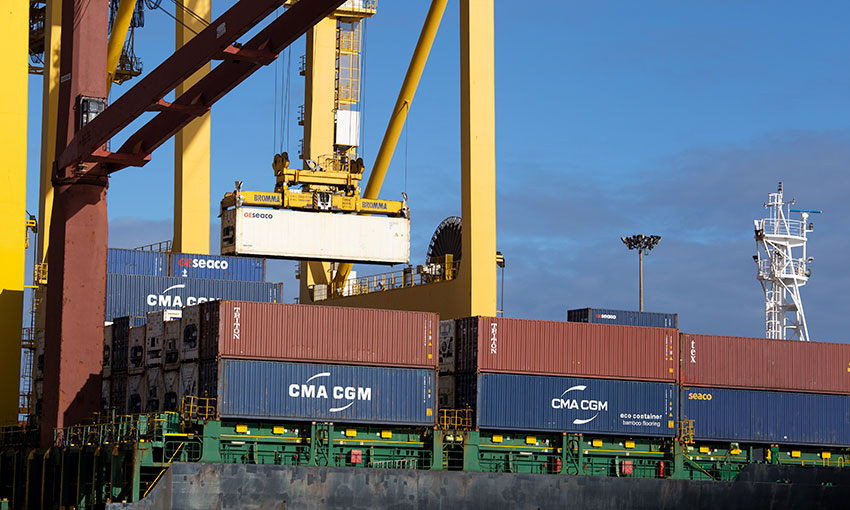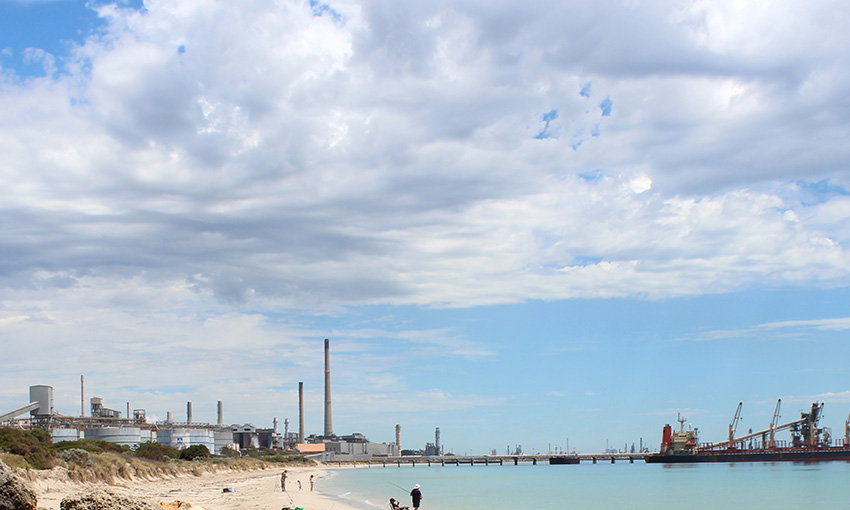THE Productivity Commission’s report on vulnerable supply chains found that Australia’s supply chains were “generally resilient” in response to recent upheavals, including the COVID-19 pandemic, the 2019-20 bushfires and the 2021 floods in eastern Australia.
Back in February, Treasurer Josh Frydenberg started this process by requesting the commission undertake an independent review into Australia’s supply-chain vulnerabilities.
The commission released an interim report in March, calling for submissions, which closed last week. The report’s findings focused on the sourcing of goods and products rather than on logistics.
Myriad organisations made submissions to the commission, pointing out many shortcomings when it came to maritime issues (see DCN’s reporting here and here).
In its study, the commission found that few imports are vulnerable to disruption because of concentrated sources of supply. One in five products imported are considered highly concentrated, but for many of these products alternative sources of supply exist.
Also, many imports classified as vulnerable are not essential or critical. The report pointed to festive decorations as an example of an import that might be vulnerable, but neither essential nor critical.
And in exports, fewer than one in of Australian exports are vulnerable due to concentrated sources of demand. Iron ore is the only good identified as vulnerable among Australia’s main goods exports.
“Including iron ore, vulnerable exports account for around 25% of the value of goods exports,” the report reads.
“Excluding iron ore, only around 1.5% is considered vulnerable.”
Freight
As with the Productivity Commission’s interim report, analysis of the physical movement of goods was sparse. The report focused on markets for export goods and sources of import goods. However, the commission did acknowledge the importance of logistics and transportation services.
The last appendix in the full study report dealt with maritime shipping and ports capacity.
“While the application of the frameworks in this report has focused on analysing trade data for goods …, transport and logistic services are critical inputs into supplying these goods,” the authors wrote.
“Vulnerabilities to disruption in these, along with other services, also need to be carefully assessed and managed to ensure that the supply of essential goods and services in Australia is not compromised.”
The report laid out several areas where shipping in Australia might be considered vulnerable.
It pointed to the COVID-19 pandemic and the attendant delays and cost increases for freight.
“Capacity constraints in containers and shipping vessels coupled with a surge in demand for imports have caused delays and price increases…,” the report said.
“Other disruptions have compounded these challenges, such as the blocking of the Suez Canal …, industrial action at Port Botany … and COVID-19-related restrictions on the movement of people which impacted crew changes and the movement of skilled personnel across ports …”
But, the report found despite these challenges, the Australian shipping sector proved to be resilient.
“For example, Port of Melbourne Operations noted: The COVID‐19 pandemic has demonstrated the overall adaptability and agility of our freight and logistics sector to keep the Australian economy going,” the report said.
“Despite the significant disruptions experienced over the past 12 months, we have seen the freight and logistics sector respond and adapt to a range of challenges including for example; increased regulatory controls, supply constraints, elevated demand, equipment shortages, changing distribution markets etc … However, study participants also noted that there was considerable pressure placed on the sector and that there are still vulnerabilities …”
The report outlined other vulnerabilities in freight transport, including capacity constraints on vessels and routes; imbalance in container flows leading to shortages in certain ports; limited reserves of fuel; and interactions with regulation and high market entry costs, which make it difficult for shipping to adjust rapidly to changing conditions.
The report went on to say where vulnerabilities in the supply of maritime shipping and port services are identified, it is important to determine who is best placed to manage the associated risk, and if there is a role for government to intervene.
And governments assessing whether to intervene in risk management of private firms need to determine if market prices reflect the cost of identified risks of disruption and whether they incentivise firms to manage them effectively.
The full report and summaries can be found on the Productivity Commission website.





